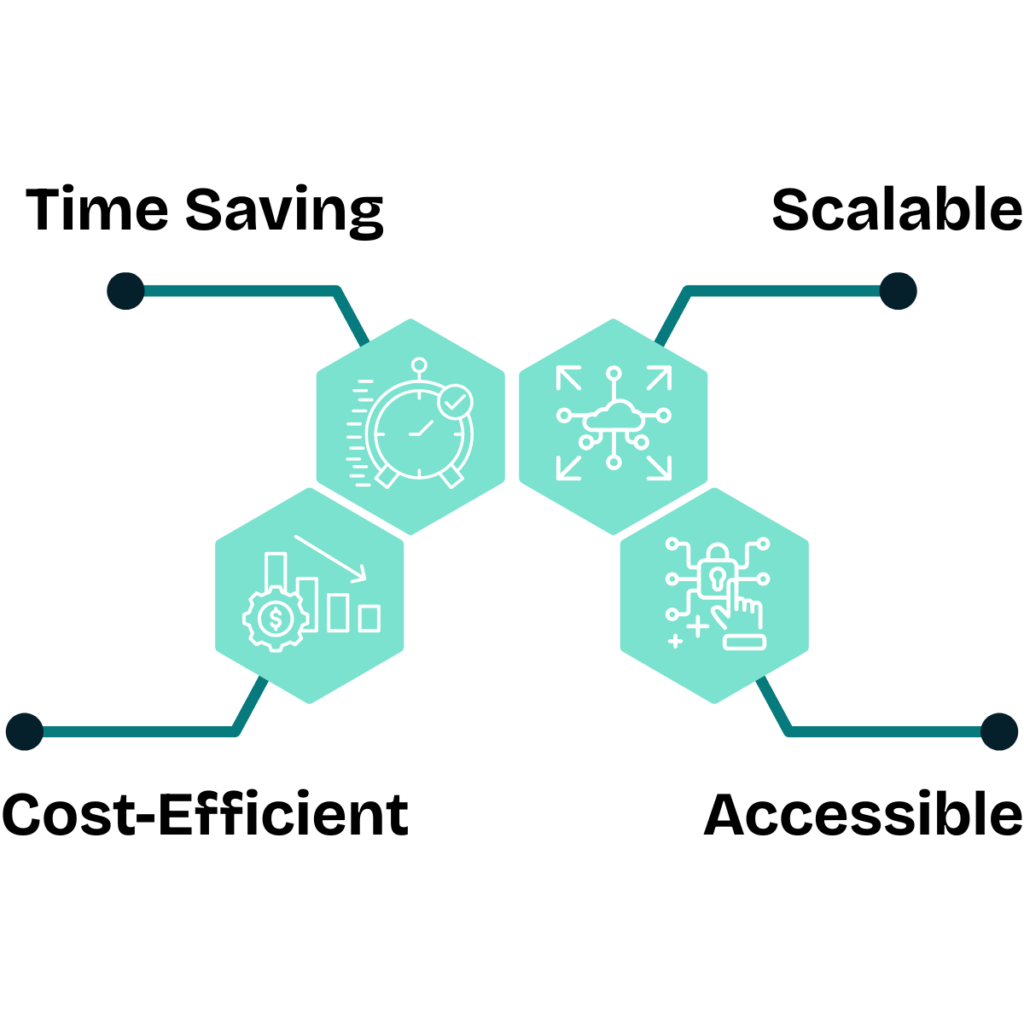By Shraddha Bhujbal
What if your app could understand user intent, recognise images, or hold natural conversations—without you becoming a machine learning expert?
That’s not a distant future. It’s happening right now.
Artificial Intelligence has moved beyond research labs and tech giants. Today, AI is accessible to every developer through simple API calls. Whether you’re building an e-commerce platform, a productivity tool, or a health tracking app, integrating AI features is no longer about “if”—it’s about “when” and “how.”
The best part? You don’t need a PhD in data science or months of model training. With AI APIs, intelligence is just a REST endpoint away.
A few years ago, adding AI meant massive datasets, expensive infrastructure, and specialised teams. Now? A handful of code lines can transform your functional app into an intelligent one that learns, adapts, and surprises users.
In this blog, I’ll walk you through:
- Why AI APIs are revolutionising full-stack development
- The real benefits they bring to your projects
- Different types of AI capabilities you can tap into
- Practical use cases that solve real problems
- What’s coming next in 2025-2026
Whether you’re building your first AI-powered feature or looking to level up your existing projects, this guide will show you how to make your apps not just work—but think.
Let’s dive in.
What Exactly Is an AI API?
Before we go further, let’s get crystal clear on what we’re talking about.
An AI API (Application Programming Interface) is a pre-built service that gives your application access to artificial intelligence capabilities through simple code requests. Think of it as renting AI intelligence instead of building it from scratch.
Here’s how it works in practice:
You send a request to the API endpoint with your input—maybe it’s text you want summarized, an image you want analyzed, or audio you want transcribed. The API processes that input using pre-trained AI models running on powerful servers, then sends back the intelligent output in seconds.
Now that we understand what AI APIs are, let’s explore why they’re changing the game for developers.
Key Benefits for Developers:
By using pre-trained Large Language Models (LLMs) via APIs, developers get instant access to powerful AI. This approach eliminates the massive time and resources needed for model training, letting teams integrate cutting-edge capabilities directly into their applications and focus entirely on building great user experiences.
- Time-Saving: No need to spend months training models.
- Cost-Efficient: Pay only for what we use.
- Scalable: APIs are built to handle large-scale requests.
- Accessible: Easy to integrate with front-end and back-end code.

3.] Types of AI APIs
Getting access to AI is simpler than ever thanks to specialized APIs. Instead of a single, all-purpose tool, these APIs are broken down by what they do best.
Here are some common categories of AI APIs that full-stack developers can use:
- Natural Language Processing (NLP) – e.g., text summarization, translation, sentiment analysis (OpenAI, Cohere, HuggingFace).
- Computer Vision – e.g., object detection, image captioning, background removal (Google Vision, Remove.bg).
- Speech Recognition – e.g., audio-to-text, voice commands (AssemblyAI, Deepgram).
- Recommendation Engines – personalized product/content suggestions (Amazon Personalize).
- Generative AI – e.g., text, code, or image generation (OpenAI’s GPT, Stability AI).
In my project, which is an Intelligent Habit Tracking app that helps users maintain consistency with their health goals. By integrating AI APIs, features like these can be built:
- Analyse journal entry sentiment to understand user mood and energy levels
- Dynamically adjust workout recommendations based on detected fatigue
- Generate personalised motivational content aligned with user patterns
- Provide smart health suggestions that evolve with user behaviour
This approach transforms basic habit logging into an adaptive coaching system.
Real-World Use Cases
The power of AI APIs shines brightest when applied to everyday applications, creating smarter, more efficient user experiences. From how we search for information to how we interact with customer service, these ready-to-use APIs allow developers to instantly integrate high-value AI features that solve real user problems across almost any industry.
- Smart Search: Let users search by meaning, not exact keywords.
- AI Chatbots: Build customer support bots that sound conversational.
- Summarization: Turn long reports or articles into short, digestible summaries.
- Image Enhancements: Auto-tagging, background removal, or content moderation.
- Voice Notes: Convert audio notes into text for productivity apps.
Example:-
- An e-commerce store where users can upload a photo of a product they like (say a pair of sneakers), and the app uses a computer vision API to recommend similar products from the catalog.
Trends and Innovations in 2025-2026
The landscape of AI APIs is constantly advancing, pushing the boundaries of what is possible. Looking toward 2025-2026, the focus is shifting to making AI faster, cheaper, and more versatile—from integrating complex data types to bringing intelligence directly onto user devices, these trends define the next wave of development.
Let’s have a look..
- Serverless + AI: Running AI inference in serverless environments to reduce costs.
- Edge AI: Smaller models running on devices for faster, offline experiences.
- Multimodal AI: APIs that handle text, image, and audio together (e.g., describing an image while answering a question about it).
- AI-Assisted Coding: Full-stack developers using tools like GitHub Copilot to speed up their own development.
- Low-Code + AI: Platforms that let non-developers add AI features visually, while developers extend the functionality with custom code.
Conclusion
AI isn’t just changing technology — it’s changing how developers work.
Start exploring, experiment boldly, and let innovation be your new habit. So plug it in, power up, and code smarter than ever before.
- Next time you’re building a project, try integrating one AI feature. It could be as simple as a summarizer button or as powerful as a personalized recommendation engine. Either way, your app — and your skills — will level up.

